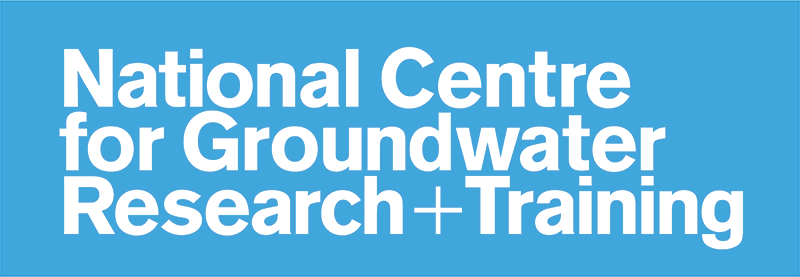Water economics is a branch of environmental and resource economics and involves estimating both the economic value of water in differing contexts and the impact of water scarcity or poor water quality on various outcomes (e.g. health, employment, wellbeing, economy), and in assessing policies and responses (at various institutional levels) to water resource problems and challenges.
The NCGRT has strong capabilities in water economics, including modelling, water market trends, water trade, behavioural analysis, benefit-cost analysis, Murray-Darling Basin Plan issues, water pricing, water accounting, survey expertise, policy and law reform.
Selected Publications
Zuo A and Wheeler SA (2024) The Australian public's preferences for further environmental and cultural water recovery options in the Murray-Darling Basin. Journal of Hydrology, 633, 11 pages. https://doi.org/10.1016/j.jhydrol.2024.130983.
Wheeler SA (2022) Debunking Murray-Darling Basin water trade myths. Australian Journal of Agricultural and Resource Economics, 66(4), 797-821. https://doi.org/10.1111/1467-8489.12490.
Wheeler SA, Zuo Z, and Kandulu J (2021) What water are we really pumping? The nature and extent of surface and groundwater substitutability in Australia and implications for water management policies. Applied Economic Perspectives and Policy, 43(4), 1550-1570. https://doi.org/10.1002/aepp.13082.
Haensch J, Wheeler SA, and Zuo A (2021). Explaining permanent and temporary water market trade patterns within local areas in the southern Murray–Darling Basin. Australian Journal of Agricultural and Resource Economics, 65(2), 318-348. https://doi.org/10.1111/1467-8489.12420.
Seidl C, Wheeler SA, and Zuo A (2020) High turbidity: water valuation and
accounting in the Murray-Darling Basin. Agricultural Water Management, 230, 1-13.
https://doi.org/10.1016/j.agwat.2019.105929.
Wheeler SA, and Garrick DE (2020). A tale of two water markets in Australia:
lessons for understanding participation in formal water markets. Oxford Review of
Economic Policy, 36(1), 132-153. https://doi.org/10.1093/oxrep/grz032.
Wheeler SA, Carmody E, Grafton RQ, Kingsford RT, and Zuo A (2020) The
rebound effect on water extraction from subsidising irrigation infrastructure in
Australia. Resources, Conservation and Recycling, 159, 104755-1-104755-17.
https://doi.org/10.1016/j.resconrec.2020.104755.
de Bonviller S, Zuo A, and Wheeler SA (2019) Is there evidence of insider trading
in Australian water markets? Australian Journal of Agricultural and Resource
Economics, 63(2), 307-327. https://doi.org/10.1111/1467-8489.12298.
Wheeler SA and Grafton RQ (2018) Economics of water recovery in the
Murray-Darling Basin, Australia. Annual Review of Resource Economics, 10(1),
487-510. https://doi.org/10.1146/annurev-resource-100517-023039.
Settre C, Connor J, and Wheeler SA (2017) Reviewing the treatment of uncertainty
in hydro-economic modelling of the Murray-Darling Basin, Australia. Water
Economics and Policy, 3(3), 1650042-1-1650042-35. https://doi.org/10.1142/S2382624X16500429.
Wheeler SA and Zuo A (2017) The impact of drought and water scarcity on
irrigator farm exit intentions in the Murray-Darling Basin. Australian Journal of
Agricultural and Resource Economics, 61(3), 1-20. https://doi.org/10.1111/1467-8489.12218.



